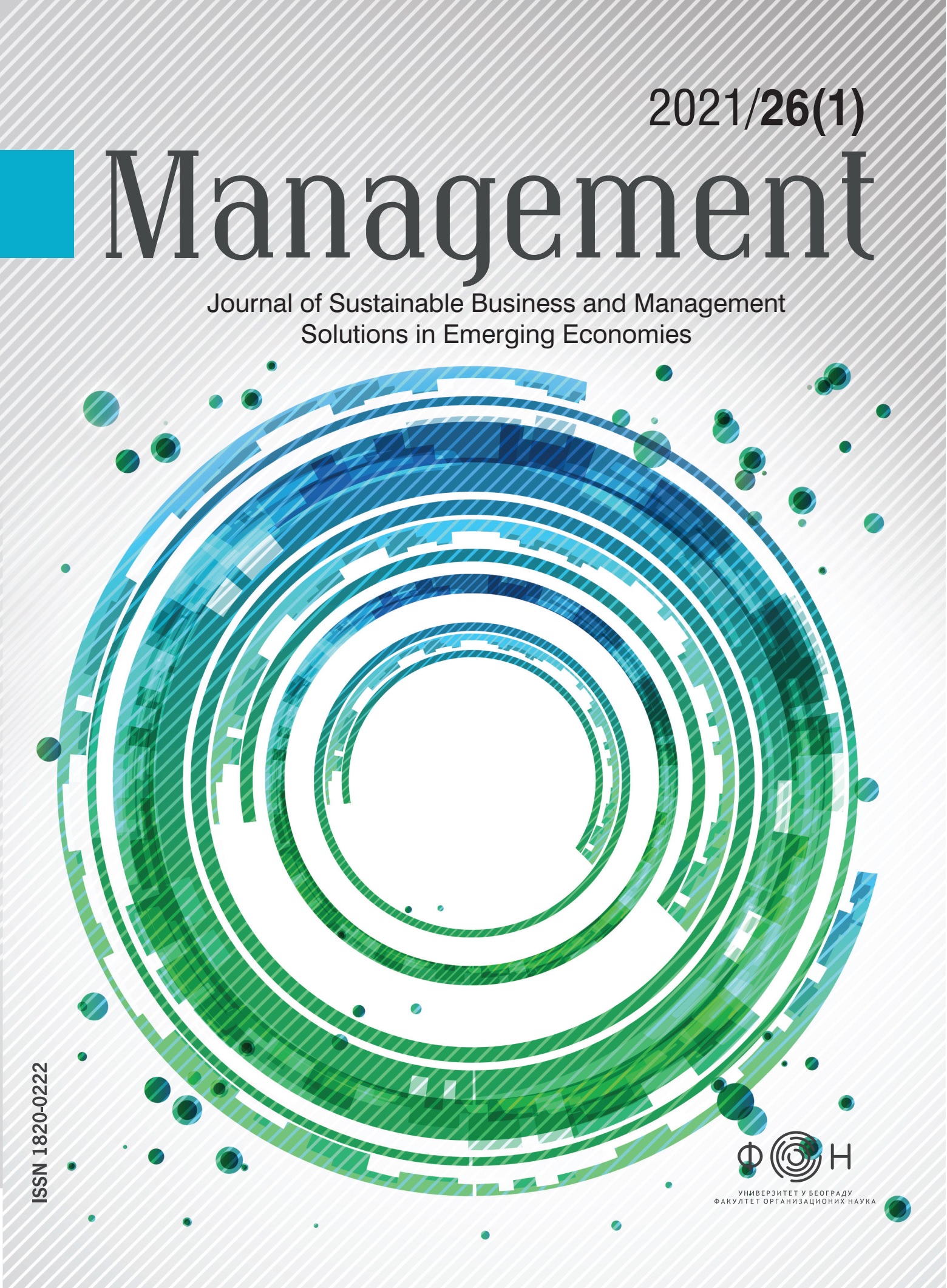Optimization of the Financing of the Raw Material Inventories: Case Study
Optimization of the Financing of the Raw Material Inventories: Case Study
Author(s): Kristina Stanojević, Dragana Makajić-Nikolić, Goran RadovanovićSubject(s): Economy, Business Economy / Management, Micro-Economics
Published by: Fakultet organizacionih nauka Univerziteta u Beogradu (FON)
Keywords: inventories management;short-term financing;linear programming; raw material; industry of copper processing;
Summary/Abstract: Research Question: Optimal financing of the raw material inventories in the copper processing industry is perceived as a problem of choosing the financing sources and determining the purchase dynamics. Motivation: The company can realize the financing of raw material inventories from multiple sources under various conditions. The company efforts should be aimed at reducing the total costs that can occur in the process of purchase. Each company should simultaneously strive to satisfy the demand, but also to avoid keeping the excess of cash assets in inventories. Idea: The core idea of this paper is to evaluate the optimal financing of raw material inventories by the usage of the mathematical model that refers to the determination of financing sources, from which the required assets should be borrowed. Data: For the purpose of the case study example, the data used in the paper are approximations of information from the company and metal stock exchange. Tools: Excel was used to predict demand, while GLPK programme (GNU Linear Programming Kit) was used for the optimization of the defined model. Findings: The paper defines an optimization problem for determination of the financial sources, optimal periods, and the number of assets that will be used from these sources to secure continuity of the production process with minimum purchase costs. The paper also formulates a mathematical model of this problem and then illustrates it on the example of the real-life company for copper processing. Contribution: The results of this study show that such analysis gives the decision-makers a better insight into the possible scenarios while the final decision depends on their assessment, flexibility, attitude towards risk, need for security, etc.
Journal: Management: Journal of Sustainable Business and Management Solutions in Emerging Economies
- Issue Year: 26/2021
- Issue No: 1
- Page Range: 25-34
- Page Count: 9
- Language: English

